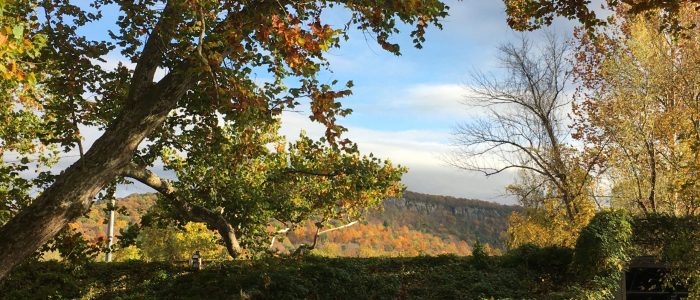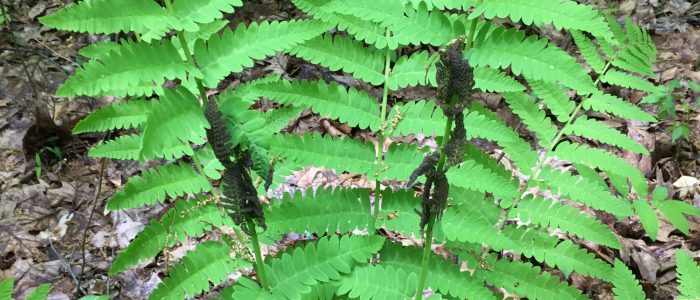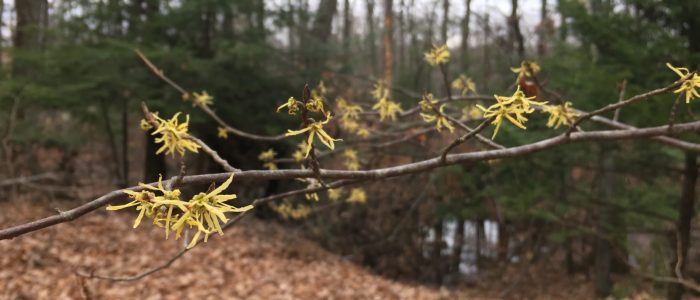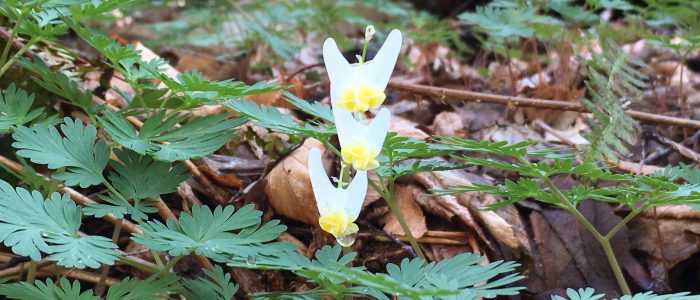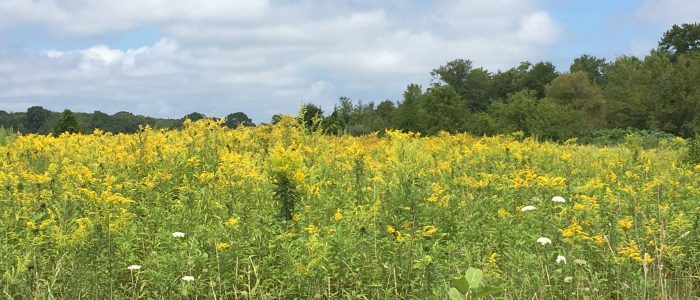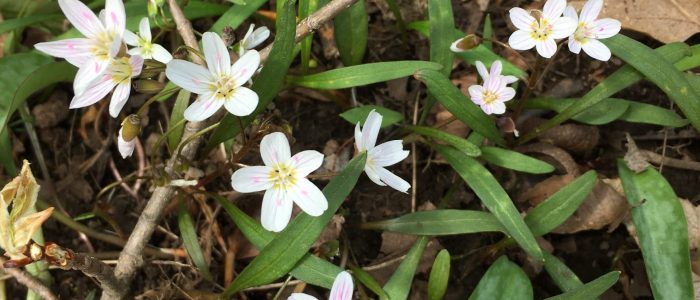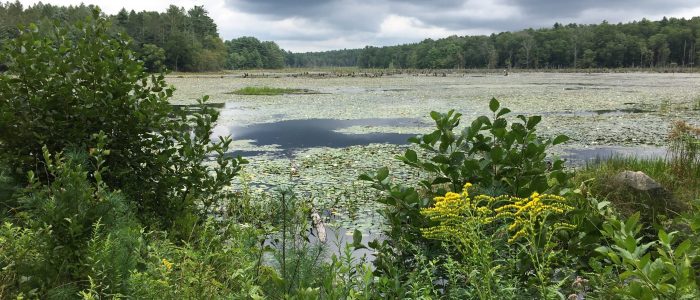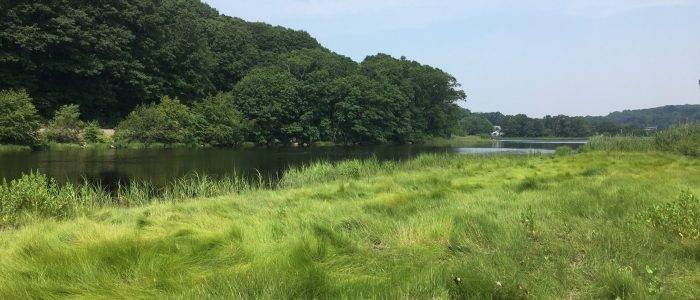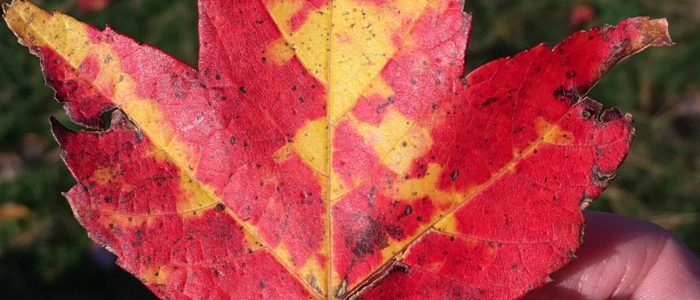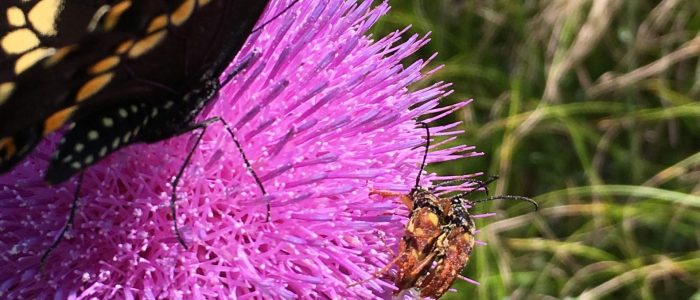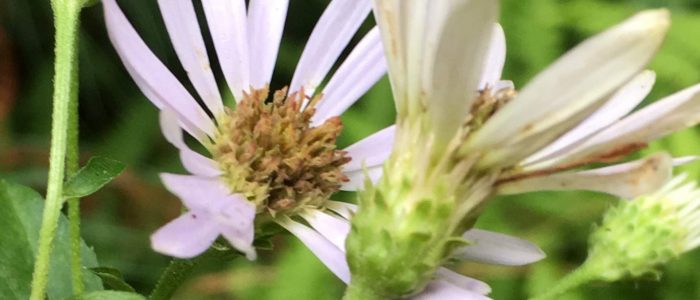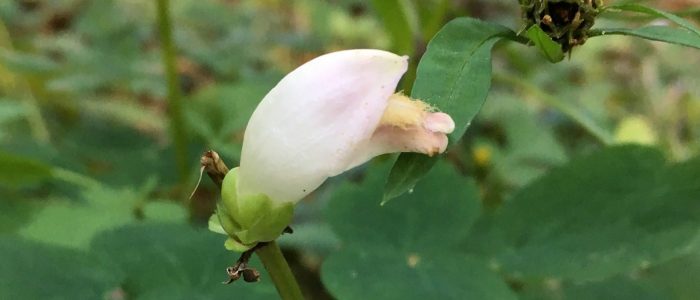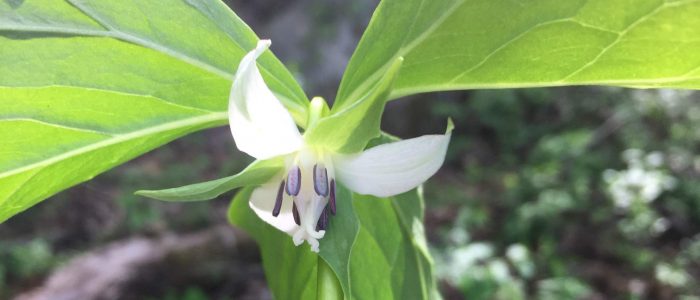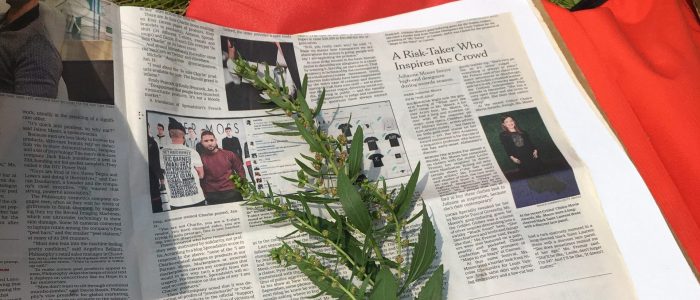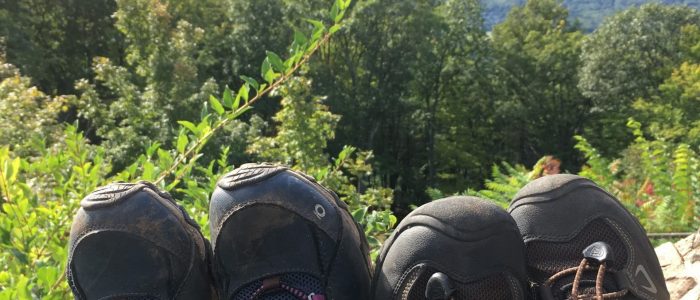Want to collect specimens to deposit at CONN?
We’ve got you covered! Review our guidelines and and advice below and then enjoy spending time outdoors. If you can find and collect specimens of plants from our Most Wanted list, even better! Always be safe when out collecting, and make sure that you have permission to take plants – for example, in Connecticut you must have a permit from the Department of Energy and Environmental Protection to collect any plants from state-owned land.
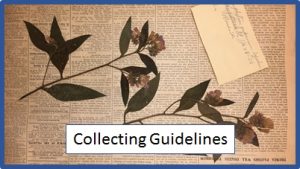
Most Wanted
We have two categories of “Most Wanted” plants: Tracking Climate Change and Fill the Gaps.
Tracking Climate Change
First, we have fourteen species whose flowering time over the last century is assessed by undergraduate students to examine whether changes in flowering time are correlated to long-term climatic changes documented by the National Oceanic and Atmospheric Administration (NOAA). Find out more about the activity, and then select a plant below to track down based on flowering month. If you see any of these plants in flower, collect them as soon as possible!
February to March
Draba verna (Spring Draba; mustard family)
| Plant form | Herbaceous, weedy |
| Flower color | White |
| Habitat | Disturbed areas, roadsides, lawns |
| Location(s) | All counties in CT |
March to April
Arabidopsis thaliana (Thale Cress; mustard family)
| Plant form | Herbaceous, weedy |
| Flower color | White |
| Habitat | Disturbed areas, fields |
| Location(s) | All counties in CT |
April to May
Barbarea vulgaris (Garden Yellowrocket; mustard family)
| Plant form | Herbaceous, weedy |
| Flower color | Yellow |
| Habitat | Disturbed areas, fields, river/lake shorelines |
| Location(s) | All counties in CT |
Panax trifolius (Dwarf Ginseng; carrot family)
| Plant form | Herbaceous |
| Flower color | White |
| Habitat | Forests, woodlands |
| Location(s) | All counties in CT |
Acer pensylvanicum (Striped Maple; maple family)
| Plant form | Small tree |
| Flower color | Greenish-white |
| Habitat | Ridges, mountains, ravines, rocky woods |
| Location(s) | All counties in CT |
Silene antirrhina (Sleepy Campion; pink family)
| Plant form | Herbaceous |
| Flower color | White |
| Habitat | Disturbed areas, ridges, ledges, fields, woodlands |
| Location(s) | All counties in CT |
Hesperis matronalis (Dame’s-rocket; mustard family)
| Plant form | Herbaceous, weedy |
| Flower color | White, pink, or purple |
| Habitat | Forest edges, disturbed areas, floodplains |
| Location(s) | All counties in CT |
Erigeron philadelphicus (Philadelphia Fleabane; sunflower family)
| Plant form | Herbaceous |
| Flower color | White or pale pink with yellow centers |
| Habitat | Disturbed areas, fields, ridges, lake & river shores |
| Location(s) | All counties in CT |
Hieracium aurantiacum (Orange Hawkweed; sunflower family)
| Plant form | Herbaceous |
| Flower color | Orange |
| Habitat | Disturbed areas, meadows, fields |
| Location(s) | All counties in CT |
July to August
Amaranthus cannabinus (Salt Marsh Water-hemp; amaranth family)
| Plant form | Herbaceous |
| Flower color | Greenish |
| Habitat | Brackish or fresh marshes and flats, salt marshes and flats |
| Location(s) | Fairfield, Litchfield, Middlesex, and New London counties |
Erigeron canadensis (Canadian Horseweed; sunflower family)
| Plant form | Herbaceous, weedy |
| Flower color | White with yellow centers |
| Habitat | Disturbed areas, meadows, fields |
| Location(s) | All counties in CT |
Bidens laevis (Smooth Beggar-ticks; sunflower family)
| Plant form | Herbaceous |
| Flower color | Yellow with brownish centers |
| Habitat | Fresh tidal marshes or flats, lakeshores, river shores, wetland margins |
| Location(s) | Fairfield, Hartford, Middlesex, New Haven, New London, and Tolland counties |
Solidago gigantea (Smooth goldenrod; sunflower family)
| Plant form | Herbaceous |
| Flower color | Yellow |
| Habitat | Disturbed areas, forests, meadows, fields |
| Location(s) | All counties in CT |
Symphyotrichum lateriflorum (Calico Aster; sunflower family)
| Plant form | Herbaceous |
| Flower color | White with yellow or purple centers |
| Habitat | Forest edges, woodlands, meadows, fields |
| Location(s) | All counties in CT |
Fill the Gaps
Connecticut is home to about 2,000 species of vascular plants. The G.S. Torrey has examples of all of them except about 140. Stay tuned for a list of the species that we’ll be seeking!
